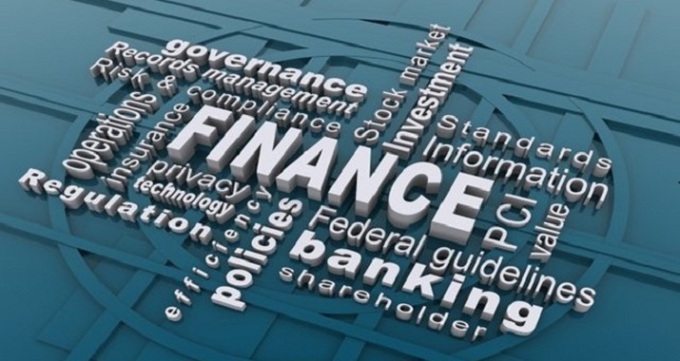According to the research report “Consumer Lending in the Philippines”, the country’s banking system achieved sufficient wealth, improved asset quality and continued growth in assets, loans and deposit liabilities. These are the major factors that allow the banks to deal with rising credit costs. When the global market was highly volatile, consumer lending in the Philippines was an attractive destination with its strong consistently growing economic and financial systems that operate in a safe and sound approach.

The new government has focussed on tax system and introduced a tax reform program that helped the country’s economic growth with respect to consumer lending. The World Bank signified that the Philippine financial market system will grow rapidly due to its consumer confidence and transparency of building regulations. Philippines robust banking system is crucial in the consumer lending field where it ensures stability and rapid growth in the country’s economy. Thus, the Filipinos are now more confident to take more loans from the retail banks for automobile or domestic purpose.
The rapid growth in Philippine domestic economy has created more jobs which washed out poverty to some extent. The recent economic developments in Philippines was somewhat driven by the presidential elections. The fixed capital investment rose to 25.6%. There were vast opportunities in the field of construction, manufacturing and service sectors. As per the economy growth statistics for the first quarter of 2017, it showed that the primary income for the nation slowed down by 3.9% and the gross national income has risen to 5.9%. The Philippines economy is aiming at a 6.5% to 7.5% GDP for the year 2017.
The services sector is the highest contribution to the growth of the nation’s economy. The industry sector stands second and agriculture sector stands in the third place. The growth contribution was 6.8%, 6.1% and 4.9% respectively. The IPP (Intellectual Property products) are outstanding with the growth contribution of 27.2%. The export and imported goods contributed 22.3% and 20.8% respectively.
The top level market analysis of the Filipino cards and payment sector are as follows:
There is a current and forecast value for any market in the Filipino cards and payment sector that includes credit, debit and charge cards.
Handy details for all the cash transactions, checks and all payment cards.
Payment methods and E-commerce market analysis
Detail study of rules and regulations adopted by various banks applicable for the Filipino cards and payment industry.
Philippines are able to control several emerging trends in the financial sector to speed up its growth and development. The country is potential of its young, growing population and capitalizing on its growing financial service sector to accelerate its structural economic revolution. The private investment helps the young generation to develop appropriate skills to succeed in the energetic financial market.
Key Topics Covered in the Report:
Philippines Financial Sector
Consumer Lending in Philippines
Philippines Financial Sector Growth
Philippines Financial Sector Outlook
Philippines Consumer Lending Sector
Consumer Landing Forecast Philippines
Philippines Banking and Financial Market
Philippines Financial Sector Development
Philippines Consumer Lending Sector Research
To know more about the publication
Related reports
Contact:
Ken Research
Ankur Gupta, Head Marketing & Communications
+91-124-4230204

No comments:
Post a Comment